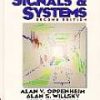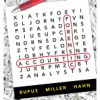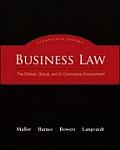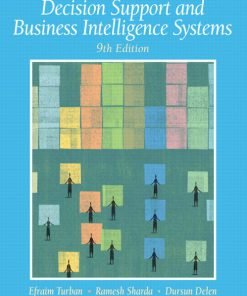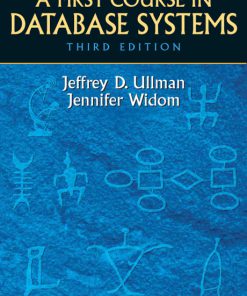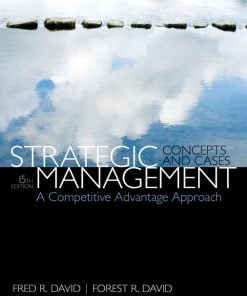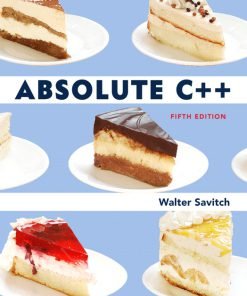Design and Analysis of Experiments with SAS 1st Lawson Solution Manual
$55.00 Original price was: $55.00.$29.99Current price is: $29.99.
Design and Analysis of Experiments with SAS 1st Lawson Solution Manual
Instant download Design and Analysis of Experiments with SAS 1st Lawson Solution Manual pdf docx epub after payment.
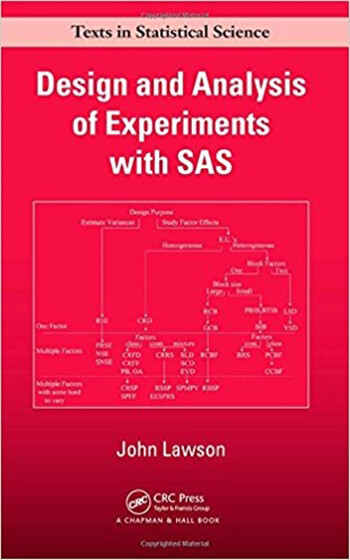
Product details:
- ISBN-10 : 1420060600
- ISBN-13 : 978-1420060607
- Author: John Lawson
A culmination of the author’s many years of consulting and teaching, Design and Analysis of Experiments with SAS provides practical guidance on the computer analysis of experimental data. It connects the objectives of research to the type of experimental design required, describes the actual process of creating the design and collecting the data, shows how to perform the proper analysis of the data, and illustrates the interpretation of results.
Drawing on a variety of application areas, from pharmaceuticals to machinery, the book presents numerous examples of experiments and exercises that enable students to perform their own experiments. Harnessing the capabilities of SAS 9.2, it includes examples of SAS data step programming and IML, along with procedures from SAS Stat, SAS QC, and SAS OR. The text also shows how to display experimental results graphically using SAS ODS graphics. The author emphasizes how the sample size, the assignment of experimental units to combinations of treatment factor levels (error control), and the selection of treatment factor combinations (treatment design) affect the resulting variance and bias of estimates as well as the validity of conclusions.
Table of contents:
Introduction
Statistics and Data Collection
Beginnings of Statistically Planned Experiments
Definitions and Preliminaries
Purposes of Experimental Design
Types of Experimental Designs
Planning Experiments
Performing the Experiments
Use of SAS Software
Completely Randomized Designs with One Factor
Introduction
Replication and Randomization
A Historical Example
Linear Model for Completely Randomized Design (CRD)
Verifying Assumptions of the Linear Model
Analysis Strategies When Assumptions Are Violated
Determining the Number of Replicates
Comparison of Treatments after the F-Test
Factorial Designs
Introduction
Classical One at a Time versus Factorial Plans
Interpreting Interactions
Creating a Two-Factor Factorial Plan in SAS
Analysis of a Two-Factor Factorial in SAS
Factorial Designs with Multiple Factors—Completely Randomized Factorial Design (CRFD)
Two-Level Factorials
Verifying Assumptions of the Model
Randomized Block Designs
Introduction
Creating a Randomized Complete Block (RCB) Design in SAS
Model for RCB
An Example of a RCB
Determining the Number of Blocks
Factorial Designs in Blocks
Generalized Complete Block Design
Two Block Factors Latin Square Design (LSD)
Designs to Study Variances
Introduction
Random Sampling Experiments (RSE)
One-Factor Sampling Designs
Estimating Variance Components
Two-Factor Sampling Designs—Factorial RSE
Nested SE
Staggered Nested SE
Designs with Fixed and Random Factors
Graphical Methods to Check Model Assumptions
Fractional Factorial Designs
Introduction to Completely Randomized Fractional Factorial (CRFF)
Half Fractions of 2k Designs
Quarter and Higher Fractions of 2k Designs
Criteria for Choosing Generators for 2k-p Designs
Augmenting Fractional Factorials
Plackett–Burman (PB) Screening Designs
Mixed-Level Fractional Factorials Orthogonal Array (OA)
Incomplete and Confounded Block Designs
Introduction
Balanced Incomplete Block (BIB) Designs
Analysis of Incomplete Block Designs
Partially Balanced Incomplete Block (PBIB) Designs—Balanced Treatment Incomplete Block (BTIB)
Youden Square Designs (YSD)
Confounded 2k and 2k-p Designs—Completely Confounded Blocked Factorial (CCBF) and Completely Confounded Blocked Fractional Factorial (CCBFF)
Confounding 3 Level and p Level Factorial Designs
Blocking Mixed Level Factorials and OAs
Partial CBF
Split-Plot Designs
Introduction
Split-Plot Experiments with CRD in Whole Plots (CRSP)
RCB in Whole Plots (RBSP)
Analysis Unreplicated 2k Split-Plot Designs
2k-p Fractional Factorials in Split Plots (FFSP)
Sample Size and Power Issues for Split-Plot Designs
Crossover and Repeated Measures Designs
Introduction
Crossover Designs (COD)
Simple AB, BA Crossover Designs for Two Treatments
Crossover Designs for Multiple Treatments
Repeated Measures Designs
Univariate Analysis of Repeated Measures Design
Response Surface Designs
Introduction
Fundamentals of Response Surface Methodology
Standard Designs for Second-Order Models—Completely Randomized Response Surface (CRRS) Designs
Creating Standard Designs in SAS
Non-Standard Response Surface Designs
Fitting the Response Surface Model with SAS
Determining Optimum Operating Conditions
Response Surface Designs in Blocks (BRS)
Response Surface Designs in Split-Plots (RSSP)
Mixture Experiments
Introduction
Models and Designs for Mixture Experiments
Creating Mixture Designs in SAS
Analysis of Mixture Experiment
Constrained Mixture Experiments
Blocking Mixture Experiments
Mixture Experiments with Process Variables
Mixture Experiments in Split Plot Arrangements
Robust Parameter Design Experiments
Introduction
Noise Sources of Functional Variation
Product Array Parameter Design Experiments
Analysis of Product Array Experiments
Single Array Parameter Design Experiments
Joint Modeling of Mean and Dispersion Effects
Experimental Strategies for Increasing Knowledge
Introduction
Sequential Experimentation
One-Step Screening and Optimization
Evolutionary Operation
Concluding Remarks
Bibliography
Index
People also search:
Design and Analysis of Experiments with SAS 1st Lawson
Design and Analysis of Experiments with SAS 1st Lawson pdf
Design and Analysis of Experiments with SAS
what is design and analysis of experiments
design & analysis of experiments
|
factors in design and analysis of experiment
|
Related products
Solution Manual
Solution Manual
Management Information Systems Managing the Digital Firm Laudon 14th Edition Solutions Manual
Solution Manual
Solution Manual
Solution Manual
Solution Manual
Solution Manual
Solution Manual for Absolute C++, 5/E 5th Edition Walter Savitch
Solution Manual
Solution Manual for Introduction to Robotics Mechanics and Control 3rd Edition by Craig


